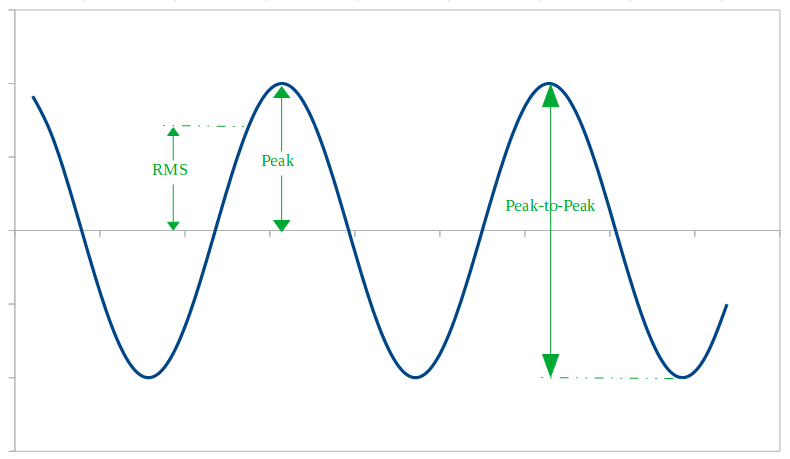It looks like Hatto asked this question about a headphone amp, but what about a speaker amp?
Could I use a DC bench power supply to power the amp, and then just let the power supply show the watts?
I'd be using this power supply, and was also wondering if it would be safe enough to use or not:

Second, what about a DMM on the speaker wires?
Could I use a DC bench power supply to power the amp, and then just let the power supply show the watts?
I'd be using this power supply, and was also wondering if it would be safe enough to use or not:

Second, what about a DMM on the speaker wires?

